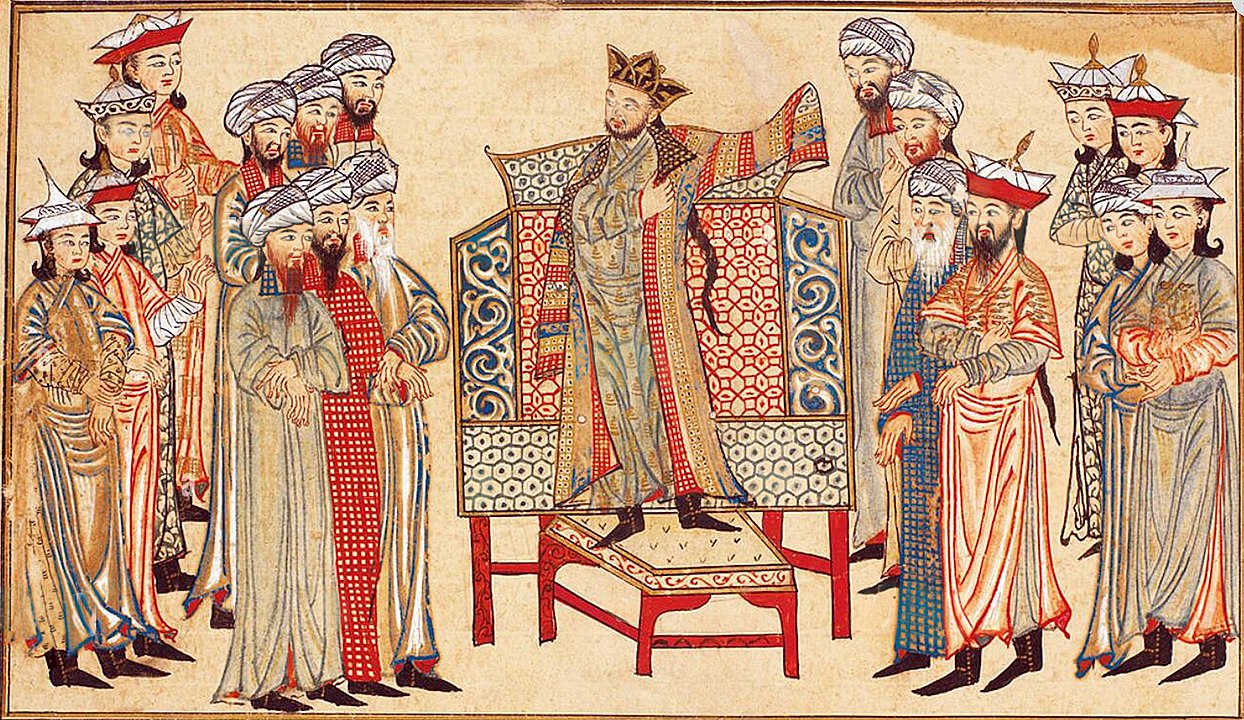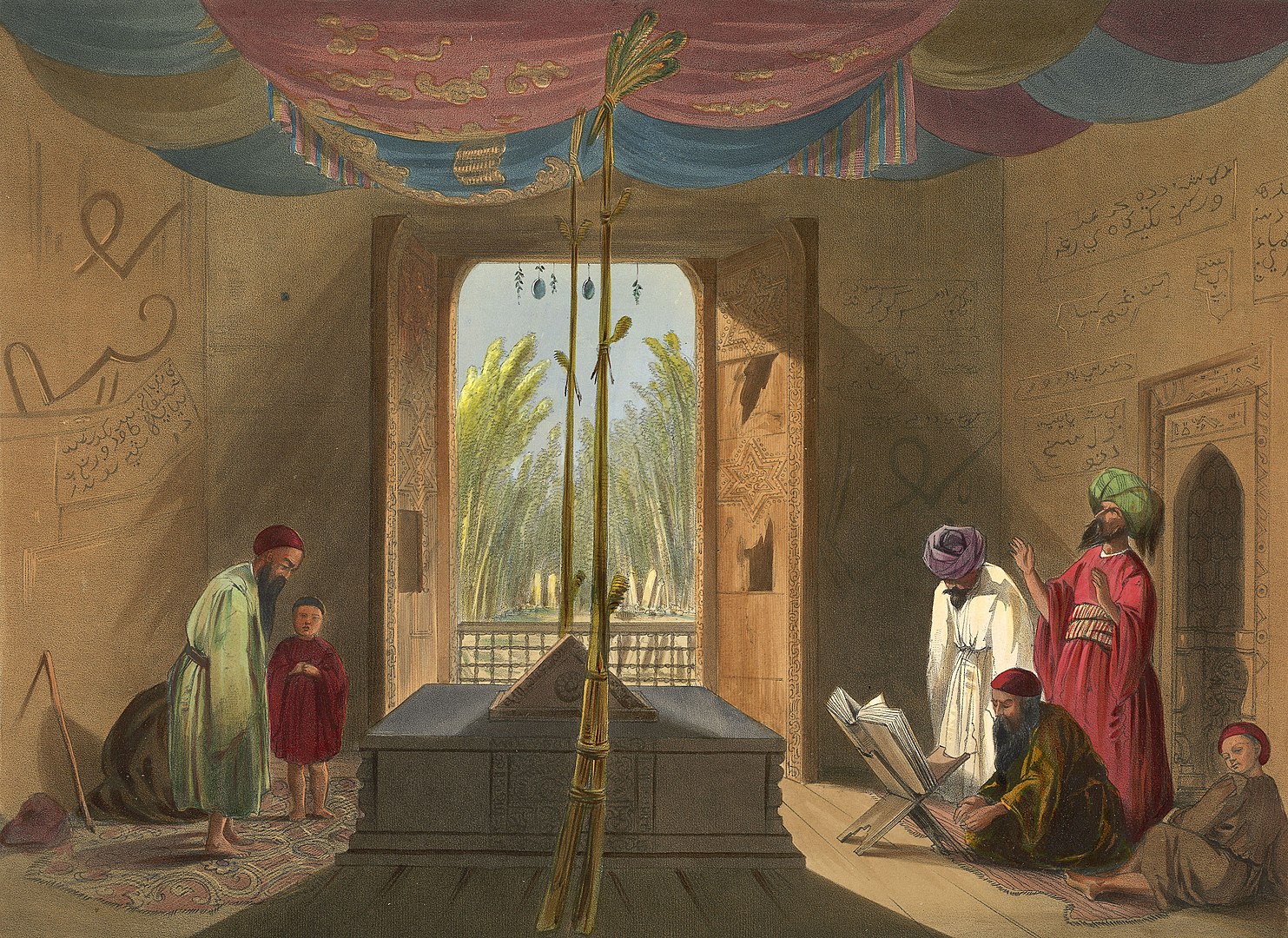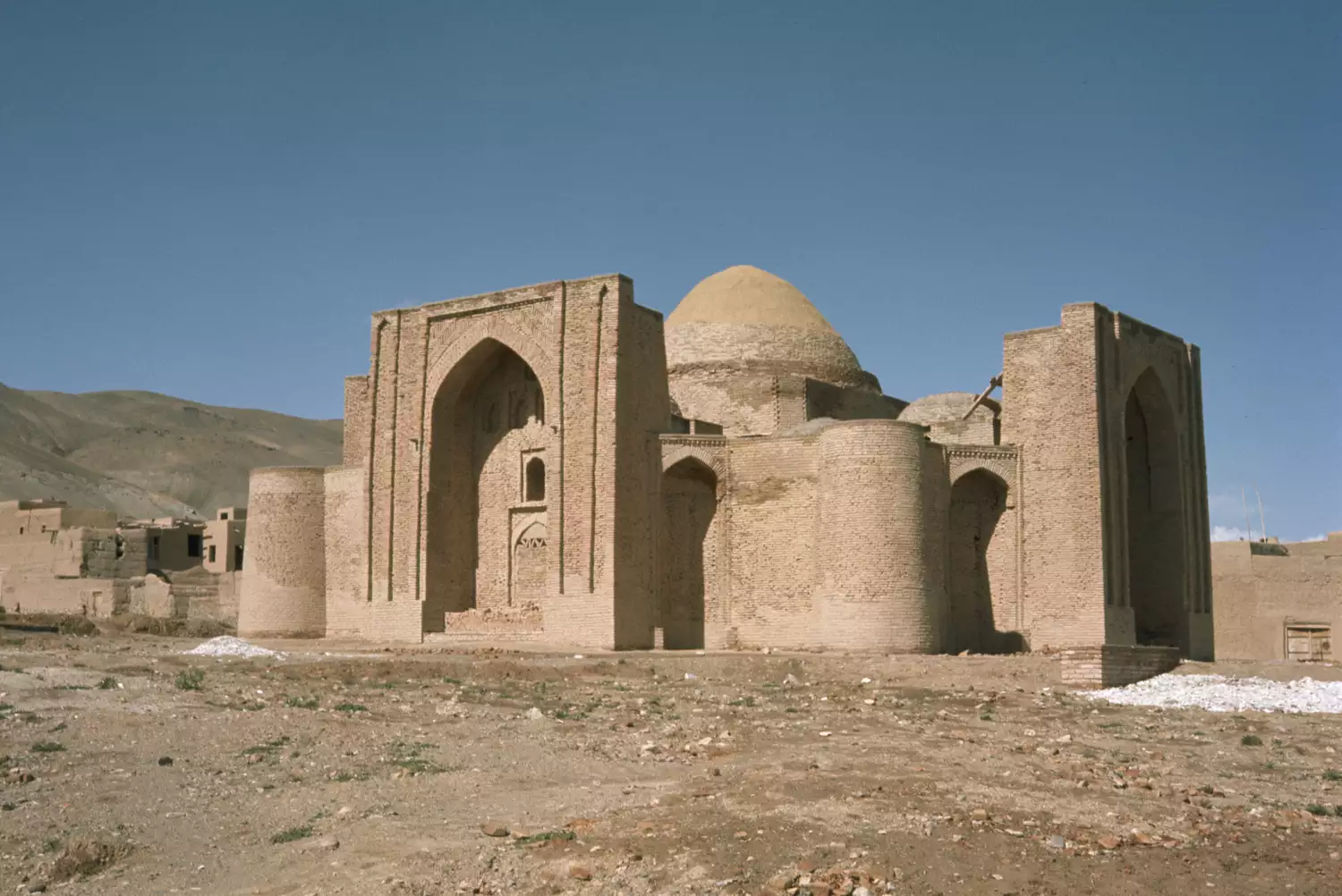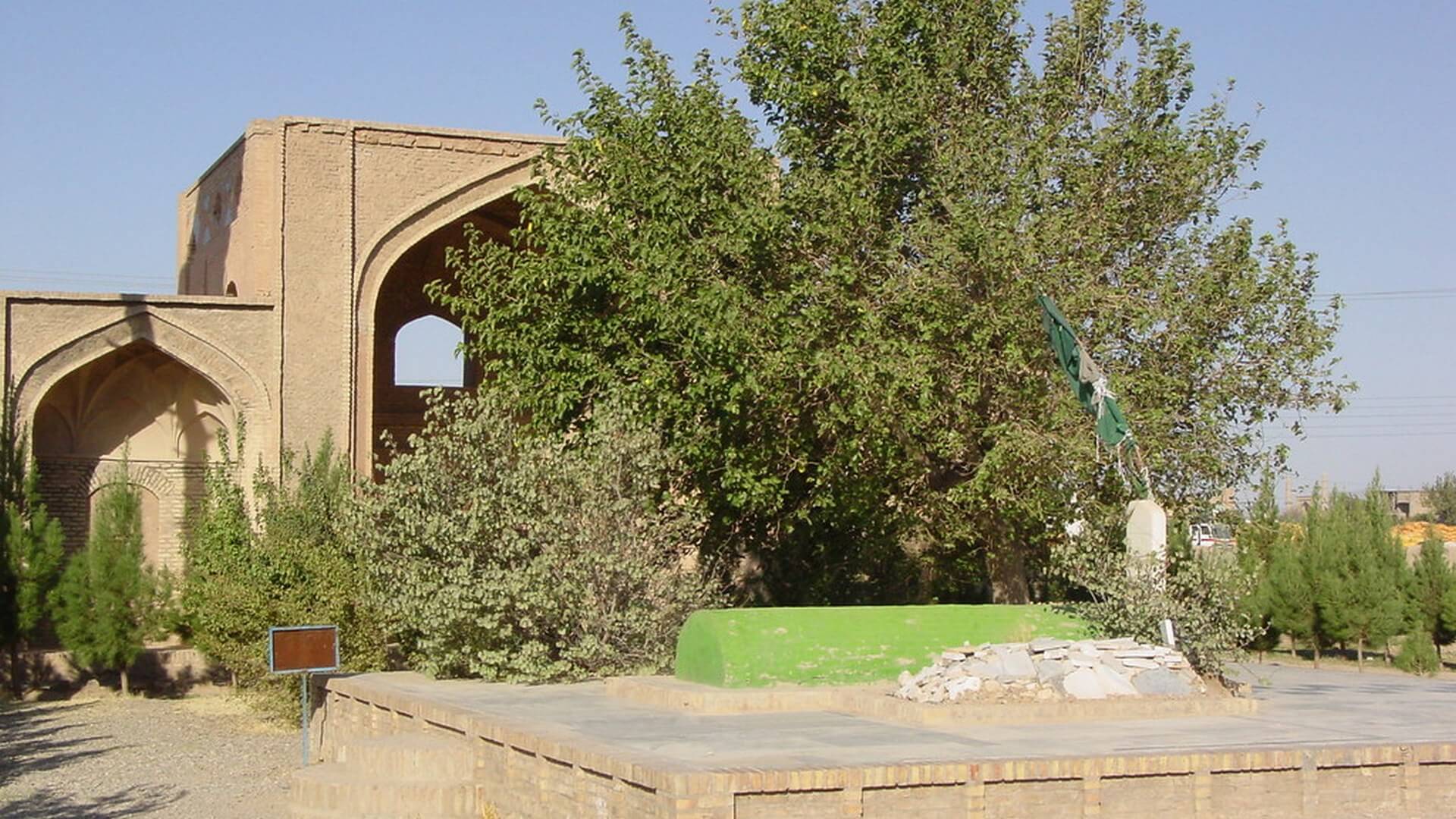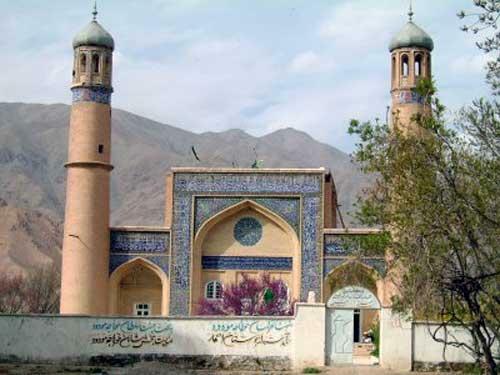Ghazni, Afghanistan
Coordinates: 33.5814, 68.4549
Introduction
Mahmud of Ghazni, also known as Mahmud Ghaznavi, stands as one of the most formidable conquerors in history. From his early reign as the ruler of the Ghaznavid Empire to his relentless campaigns in India, Mahmud’s legacy as a military strategist, patron of Islamic culture, and fervent defender of the faith endures to this day. Join us as we delve into the life, works, and lasting impact of Mahmud of Ghazni, whose burial place in Ghazni, Afghanistan, serves as a testament to his greatness.
Early Life and Rise to Power
Mahmud of Ghazni was born in 971 CE in the city of Ghazni, located in present-day Afghanistan. He ascended to the throne of the Ghaznavid Empire in 997 CE, following the death of his father, Sebuktigin. Under Mahmud’s rule, Ghazni emerged as a powerful center of Islamic civilization and a bastion of military might.
Military Campaigns and Conquests
Mahmud of Ghazni’s military campaigns were marked by daring expeditions and strategic victories that expanded the boundaries of his empire and solidified his rule. He conducted numerous expeditions into India, plundering wealthy Hindu temples and kingdoms, and spreading the message of Islam through conquest. Mahmud’s raids into India earned him both admiration and notoriety, cementing his reputation as a formidable warrior and champion of Islam.
The Sack of Hindu Temples in Gujarat
One of Mahmud of Ghazni’s most infamous military campaigns was his sack of Hindu temples in Gujarat, India. In 1026 CE, Mahmud led a devastating raid into Gujarat, targeting the famed Somnath Temple, which was renowned for its wealth and religious significance. The plundering of Somnath Temple and the looting of its treasures sparked outrage and condemnation among Hindus and Muslims alike, with Mahmud’s actions leaving a lasting scar on the collective memory of India.
Reasons Behind the Sack of Hindu Temples
The sack of Hindu temples by Mahmud of Ghazni was driven by a combination of factors, including religious zeal, political ambition, and economic motives. As a devout Muslim ruler, Mahmud viewed the conquest of Hindu territories and the destruction of idolatrous temples as acts of piety and devotion to Islam. Additionally, the plundering of wealthy Hindu temples served to replenish the coffers of the Ghaznavid treasury and enhance Mahmud’s prestige as a conqueror and patron of Islamic civilization.
Achievements of Mahmud of Ghazni
Despite the controversy surrounding his military campaigns, Mahmud of Ghazni’s achievements as a ruler and statesman are undeniable. Here are some of the key accomplishments of his reign:
- Consolidation of the Ghaznavid Empire: Mahmud’s military prowess and administrative reforms helped consolidate the Ghaznavid Empire, establishing Ghazni as a dominant power in the region.
- Promotion of Islamic Culture: Mahmud was a patron of Islamic culture and learning, fostering the development of literature, poetry, and scholarship in his court. He commissioned the translation of numerous works from Arabic and Persian into Persian, contributing to the enrichment of Islamic civilization.
- Expansion of Trade and Commerce: Mahmud’s conquests in India opened up new trade routes and markets, facilitating the exchange of goods and ideas between the Islamic world and South Asia. This economic prosperity fueled the growth of Ghazni as a center of commerce and cultural exchange.
- Defense of Muslim Lands: Mahmud’s military campaigns in India were motivated by a desire to defend Muslim territories from external threats and promote the spread of Islam. His victories over Hindu rulers helped safeguard the integrity of Muslim rule in the region and preserve the legacy of Islamic civilization.
Burial Place in Ghazni, Afghanistan
Mahmud of Ghazni was laid to rest in the city of Ghazni, Afghanistan, where his tomb stands as a symbol of his enduring legacy and contribution to Afghan and Islamic history. Located amidst the historic sites and bustling bazaars of Ghazni, Mahmud’s burial place serves as a pilgrimage destination for believers and a testament to his profound impact on the region.
Conclusion
Mahmud of Ghazni’s life and legacy continue to resonate in the hearts and minds of Afghans and Muslims around the world. As a conqueror of India and a patron of Islamic civilization, his contributions to military conquest, cultural patronage, and religious devotion remain unparalleled. Through his enduring legacy and the preservation of his burial place in Ghazni, Mahmud of Ghazni’s memory lives on as a beacon of courage, wisdom, and devotion to the cause of Islam.
How to Get to Mahmud of Ghazni’s Burial Place in Ghazni
To reach Ghazni, travelers can fly into Ghazni Airport, which offers domestic flights within Afghanistan. Alternatively, overland travel options are available from neighboring cities and countries. Once in Ghazni, visitors can explore the city’s historic sites, including the tomb of Mahmud of Ghazni, located amidst the bustling streets and vibrant markets of the city center.


